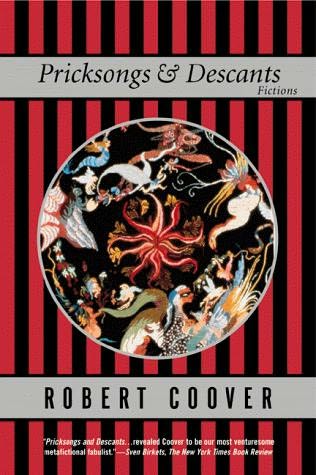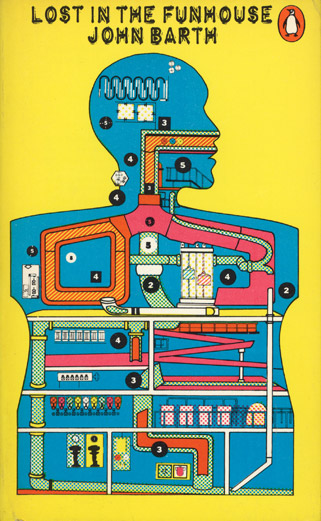Oh those sexy Asian movies
I am looking for a movie I once saw. I’ll describe it as best I can remember.
It is an Asian movie.
25 Points: Cloud Atlas
1. Dear God did I want to like this.
2. I’m something of a fan of the Wachowskis. Bound and Speed Racer are fun, and I adore the Matrix Trilogy (yes, even the sequels). And I have nothing against Tom Tykwer, either. I enjoyed Run, Lola, Run, and admired his stab at making a Kieslowski (Heaven). I wish there were more filmmakers out there like the three of them.
3. Cloud Atlas is pretty well-directed. It presents six different plots across six different timelines, and (speaking for myself) it was easy to follow, narratively. That’s not nothing.
4. I’ve long argued that Titanic is a very well-made film. It’s three hours long, with dozens of characters, and it never becomes confusing, never drags.
5. This will not be the first time I compare Cloud Atlas with Titanic.
November 26th, 2012 / 8:01 am
Magic The Gathering as Literature, part 2: The Articles

Bill Stark (seated far right) documents a feature match between David Williams (seated left) and Brian Kibler (seated right).
Greetings once again from Pro Tour Philadelphia! The second day of the tournament is well underway. As you’ll recall from Part 1, I’m curious to what extent this event—and all Magic culture—is a literary phenomenon. The most obvious place to start seems to be the wealth of Magic articles produced every day by the game’s players, designers and developers, judges, and casual bystanders, some of which I think will interest the upstanding gormandizers at HTMLGIANT. Let’s take a closer look, shall we?
Italo Calvino’s “Under the Jaguar Sun”: Cannibalism and All Consuming Love

“Under the Jaguar Sun” is a story in a small eponymous collection, a collection which Calvino had slowly been putting together before he died in 1985. He was writing a book that would discuss each of the human senses and completed taste, hearing and smell. “Under the Jaguar Sun” uses the concept of, and focus on, taste, and more specifically, cannibalism, to illuminate the primal, the mundane, the sensual, our obsession with death and all consuming love.
Calvino and Olivia are traveling through Mexico, and their love, while strong for each other, has become chaste. The story begins with a description of a painting:
that portrayed a young nun and an old priest standing side by side; their hands, slightly apart from their sides, almost touched…The painting had the somewhat crude grace of colonial art, but it conveyed a distressing sensation, like an ache of contained suffering.The lower part of the painting was filled by a long caption…The words devoutly celebrated the life and death of the two characters, who had been chaplain and abbess of the convent…The reason for them being painted together was the extraordinary love (this word in the pious, Spanish prose, appeared charged with ultra-terrestrial yearning- that had bound the abbess and her confessor for thirty years, a love so great (the word in its spiritual sense sublimated but did not erase physical emotion) that when the priest came to die, the abbess, twenty years younger, in the space of a single day fell ill and literally expired of love…”
January 27th, 2009 / 5:42 pm



 or
or  or
or  ?
?